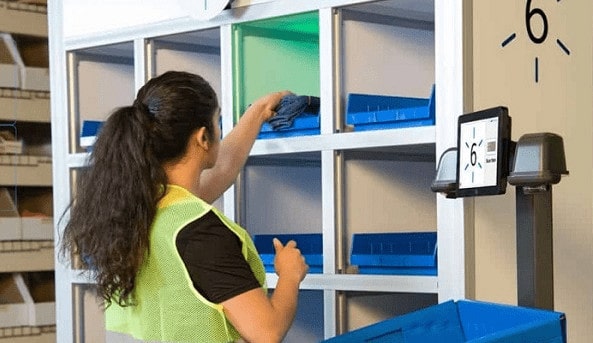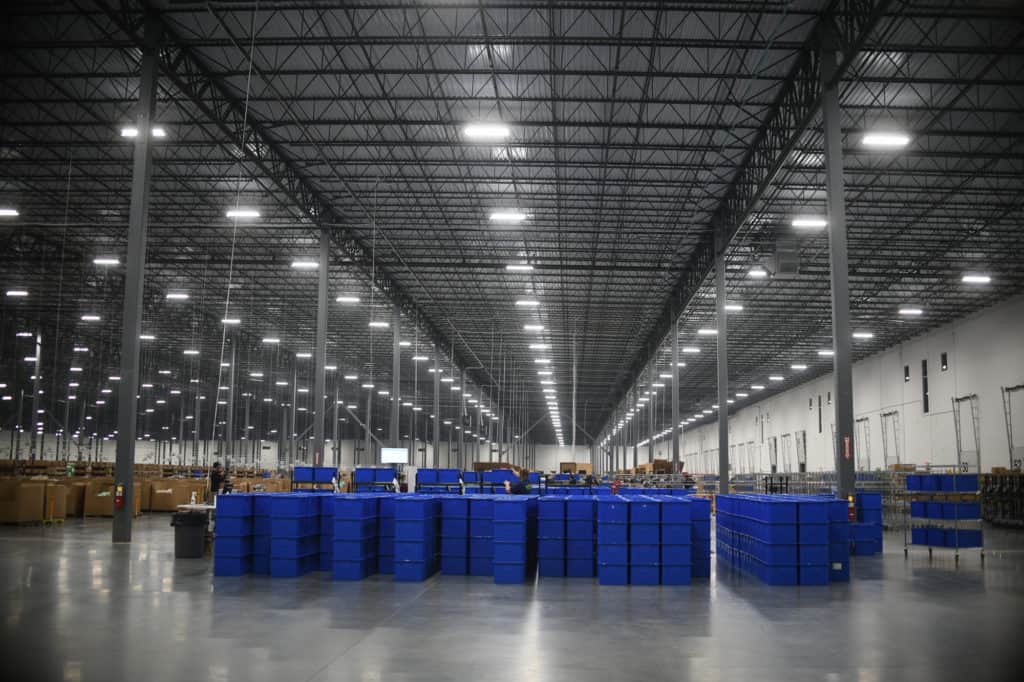Quality issues can arise at any point in the supply chain, and unresolved quality issues can be costly — particularly if quality issues aren’t discovered until a product has already reached the market. It’s crucial to implement quality measurement and control processes to identify and address quality issues early. Optimized supply chains help companies control quality and manage risk, and companies with optimized supply chains typically have a 3x faster cash-to-cash cycle than those with under-optimized supply chains.
“It’s no secret that demand for flexible, accurate and nimble supply chain logistics is on the rise. As consumer and client bases continue to grow at rapid rates, supply chains will need to adapt to larger, more complex methods of information and product transportation,” explains Hunter Lowe in an article published on SelectHub. “However, there are many time-consuming processes that go along with managing a successful supply chain.”
Let’s look at a few essential strategies for optimizing your supply chain to increase quality and reduce risk.
Implement automation solutions that support accuracy and efficiency

Order picking is the most time-consuming activity for most warehouses, comprising 70% of the total time for all warehouse activities and 55% of a warehouse’s total operating costs. The typical warehouse wastes approximately 6.9 weeks every year on unnecessary walking and other motion, or about 265 million hours of labor for a cost of about $4.3 billion, making it an obvious focal point for warehouse operators looking to reduce waste and minimize operating costs. As a result, many logistics operators are turning to robotics to speed fulfillment processes.
In 2019, Material Handling & Logistics magazine estimated that nearly two-thirds (65%) of e-commerce operations would be leveraging automated robots to support fulfillment operations by 2020. The global robotics market is expected to reach $13 billion by 2025, with collaborative robots comprising 34% of robotics sales by the same year.
Collaborative mobile robots are a flexible automation solution that augments the work of human warehouse associates. Research has shown that human-robot teams are 85% more productive compared to robots or humans alone. For example, collaborative robots like Chuck by 6 River Systems increase the efficiency and accuracy of mundane tasks such as order picking and put-away, enabling warehouse operators to target the most time-consuming and costly warehouse processes. Leveraging machine learning and AI to optimize pick routes in real-time, collaborative robots reduce unnecessary walking while guiding associates through picking activities and related tasks to improve efficiency. Overall, warehouses that implement collaborative robots can realize a 2-3x increase in productivity.
Integrate quality control measures into order fulfillment processes

Quality control is everyone’s responsibility. While it’s sometimes viewed as a bottleneck, particularly when delivery speed is the main focus, effective quality control is vital to your warehouse operation’s success. It’s easy to skip quality control processes when you need to get shipments out the door quickly, but errors are more likely to occur in fast-moving workflows. Shipping the wrong products or defective products results in poor customer satisfaction, ultimately having a negative impact on your bottom line.
Implementing quality control measures during receiving, picking and packing processes with checkpoints at each stage during your shipping workflow can reduce fulfillment errors. Analyzing data can reveal the most common errors and where they occur within your workflows, so you can focus on implementing quality control measures where they’ll make the biggest impact.
For example, sortation is a tedious, manual task that’s inefficient and prone to human error. Sortation errors increase labor costs for non-value-added tasks, requiring associates to track down items routed to the wrong area and transport them to the proper locations. Warehouse operators can integrate quality control into the picking and sorting process with an all-in-one picking and sorting solution like Mobile Sort. With an intuitive interface that uses lights, images and sensors to direct associates to the correct bins and alert them to inaccurate puts, Mobile Sort improves sortation rates and improves accuracy.
Maintain a diverse base of suppliers and know their respective risk factors

As the world grapples with the COVID-19 pandemic, supply chain resiliency has become a primary focal point as companies evaluate their existing processes and consider the next steps that can help them weather supply chain disruptions of this magnitude in the future. According to Bain, companies with resilient supply chains are more flexible and can adapt readily to shifts in demand to meet customers’ needs. “They increase their perfect order rate by 20% to 40% and customer satisfaction by as much as 30%. Importantly, flexible supply chains cut costs and improve cash flow, in part through a 10% to 40% increase in inventory turns.”
One of the biggest takeaways is the need for a diverse supply chain, particularly geographically, which reduces supply-side risks from specific countries or regions. Multi-sourcing essential commodities and strategic components reduces your company’s reliance on a single supplier, meaning you can quickly turn to secondary suppliers when a primary supplier is experiencing delays or inventory shortages.
You should also get to know your suppliers’ business practices. Ask for an outline of your suppliers’ contingency plans and evaluate their preparedness to adapt to disruptions. Your company’s contingency plans should reflect any changes that will need to take place in the event of a disruption to work around these potential supply-side delays.
Improve supply chain visibility

Better supply chain visibility means not just more data, but clear and actionable insights from each data source. Companies with end-to-end supply chain visibility can make more accurate predictions to identify potential supply chain disruptions that can reduce quality.
Implement cloud-based supply chain software solutions that support seamless information sharing and improve supply chain visibility beyond your primary suppliers into second- and third-tier suppliers, as these secondary suppliers can swiftly disrupt production if you don’t have alternatives to fall back on.
Not only does high-quality supply chain data improve forecasting accuracy, but it also enables you to identify bottlenecks in your existing workflows and processes. With full visibility into supply chain activities from end to end, you can tap into artificial intelligence and machine learning to predict outcomes for various scenarios and recommend solutions. “Increasingly enabled by AI and automation, these scenarios [can] help prescribe rather than just predict,” according to KPMG. “By analyzing past events and hypothesizing future threats, organizations are able to identify strategic and concentrated supplies that are at risk, and most importantly, recognize when current internal risk capacities prove insufficient.”
Supply chain optimization is a multi-faceted and complex discipline. By diversifying your supplier base, implementing the right automation solutions to support efficiency and accuracy, integrating quality control measures into your existing workflows and building supply chain visibility from end to end, your company will be better equipped to improve quality and predict and mitigate risks that can impact your bottom line.


